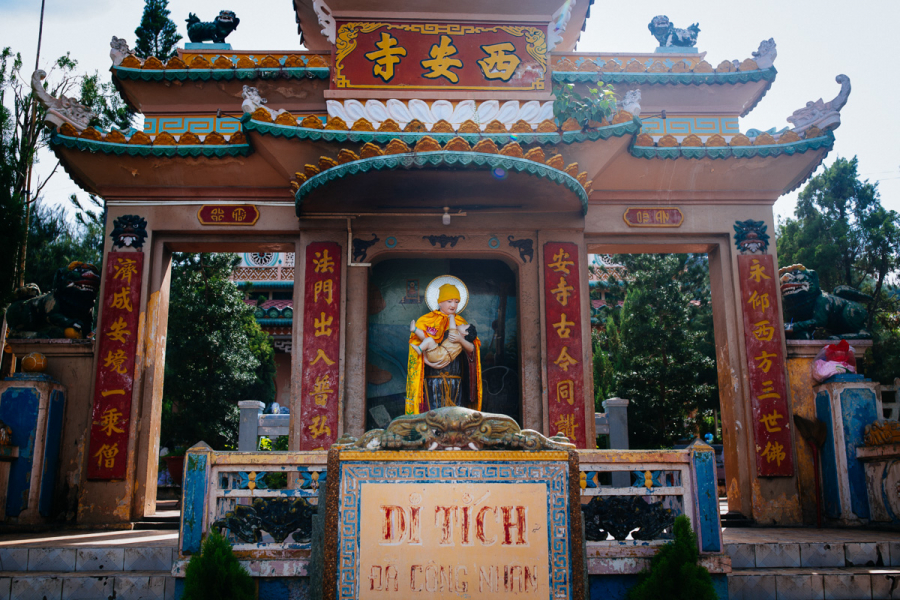
Each people has its own way of life, and in the course of history, has created works of art, pieces of music, dances and other forms of performing art. A heritage, made up of these arts, handed down from one generation to another, has stood the test of time, enriched with new creations, and constitutes a priceless treasure of undeniable artistic value.
Inhabitants in Mekong delta are not an exception. Their ancestors came to reclamate this region – about the size of Taiwan, China- some three hundred years ago when it was still desolated, often flooded with alum, being marshy and entirely covered with arable and wild plants. Living in a land where its landscape is imposed by a dense network of branches of Mekong river, the inhabitants are exposed to a water-shaped environment and adapting their lifestyle to the complex natural hydraulic surrounding without much human interference.
Possessing a good mix of inhabitants who were either volunteer reclammants from central provinces of Vietnam following the calls of the Nguyen Dynasty’s kings, indigenous residents, and veterants who fled China after the collapse of Ming Dynasty in the middle of 17th century, the region opened it up in very early days for domestic and international trades. Commercial exchanges took place with other provinces of the country and with overseas traders from India, Thailand, Indonesia, Malaysia and later with western traders such as French, Dutch, Portuguees, etc.
With some 17 millions occupants, Mekong delta nowadays embodies a gorgeous cultural art heritage. Visiting this place, ones may stumble on a typical way of daily river transports, amazing tropical rural landscaping and spectacular mix of asian-colonial architecture. Spiritually, visitors may wonder the enormous forms of intangible heritage such as music and dance that accompany the people’s life from cradle to grave, inclusive of lullabies, melodies, poems, folklore and ritual songs; epics of minority people; festivals; spiritual and religion, sacred music and customs. Besides, coming guests can also discover how this large region was effectively managed and developed by the ruling dynasty that is thousand miles away from it with modest transportation means by that time.

